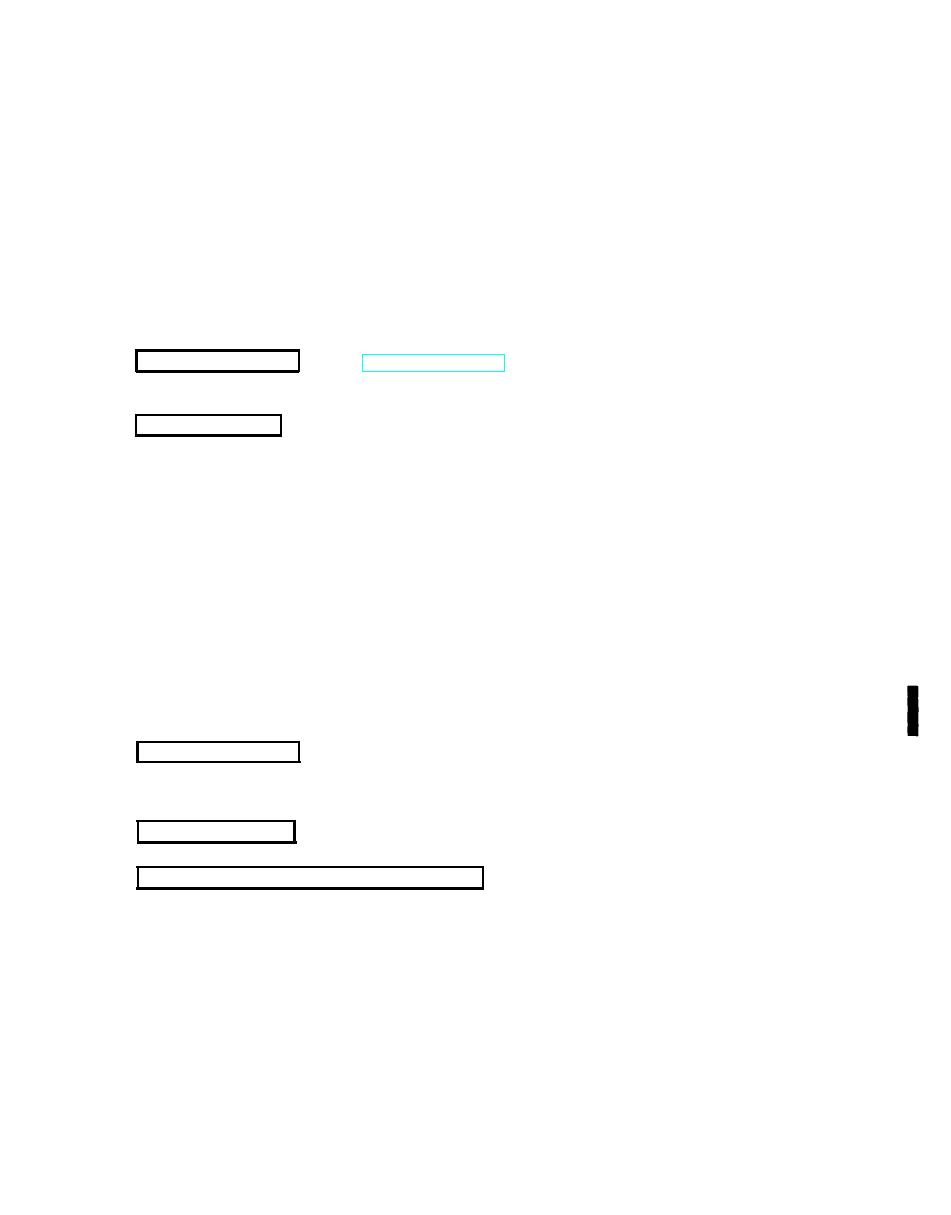 |
|||
|
|
|||
|
|
|||
| ||||||||||
|
|
 TM 9-2320-279-20-1
Maintenance Procedures (Cont)
b. Discard preformed packings, gaskets, seals, and similar material when removed. Be sure that all
traces of oil, gaskets, and sealants are removed. When possible, use wood or plastic probes and scrapers to
prevent damage to machined surfaces.
discarded when removed. Self-locking fasteners that loosen up must be replaced, not tightened.
f. To prevent moisture and foreign matter from entering open housings, lines and other openings, use
protective covers as soon as possible after disassembly, Wrap all parts in clean paper or dip parts in
preservative oil. Military Specification MIL-C-8188C (Item 36, Appendix C), or equivalent.
g. Remove parts only if repair or replacement is required. Do not disassemble a component any further
than necessary to accomplish needed repairs.
2-24. LUBRICATION. Refer to LO 9-2320-279-12 for lubrication procedures and requirements for vehicles
covered in this manual. The instructions include types and grades of lubricants used, lube points, locations,
and frequency of required lubrication.
a. Remove protective grease coatings from new parts before installation.
b. To replace preformed packings, first clean groove, then stretch packing into position. Rotate
component on flat surface applying downward pressure to uniformly press packing into position. A light
coating of fluid which the packing will operate in will make assembly easier.
c. Coat oil seals evenly with oil or grease before installing. Install oil seals with seal lip facing in,
applying an even force to the outer edge of seal. If oil seals are to be installed over keyed or splined shafts,
use a guide to prevent sharp edges of the keyway of splines from cutting the seal. Guides can be very thin
gage sheet metal shaped to the required diameter. Make certain guide edges are not sharp and are bent
slightly inward so they do not cut the seal.
d. Lubricate bearings before reassembly with the type of lubricant normally used in the related housing
or container. This will provide lubrication during the first run-in until lubricant from the system can reach
the bearings.
e. To ensure good ground connections, clean or grind metal surfaces at connections to remove paint,
oxides, corrosion, oils, and/or grease. After connections are completed, apply corrosion preventive compound
to connections.
2-26. INSTALLATION. Put hoses, tubes, lines, and electrical wiring in place by matching identification tags,
markings on equipment, and using foldouts presented at end of this manual. Use sealing compounds as re-
quired in each maintenance task. When installing screws, and nuts, be sure to tighten to values given in Appen-
dix E, Torque Limits or values given in maintenance tasks.
2-27. ADJUSTMENT. Make changes to equipment pressures, settings, and positions only as required in each
maintenance task. Adjustments will bring equipment into proper operating condition.
a. Radio interference suppression is the elimination or minimizing of electrical disturbances (sparking
noises) in the radio caused by the engine and vehicle accessories. Electrical disturbances in vehicles
equipped with radios must be suppressed properly to prevent interference with radio transmission and
reception. Radio interference in the M977 series vehicles can be caused by improper grounding of the
starter, cab heater blower motor, and improper shielding of crane electrical components.
Change 3
|
|
Privacy Statement - Press Release - Copyright Information. - Contact Us |